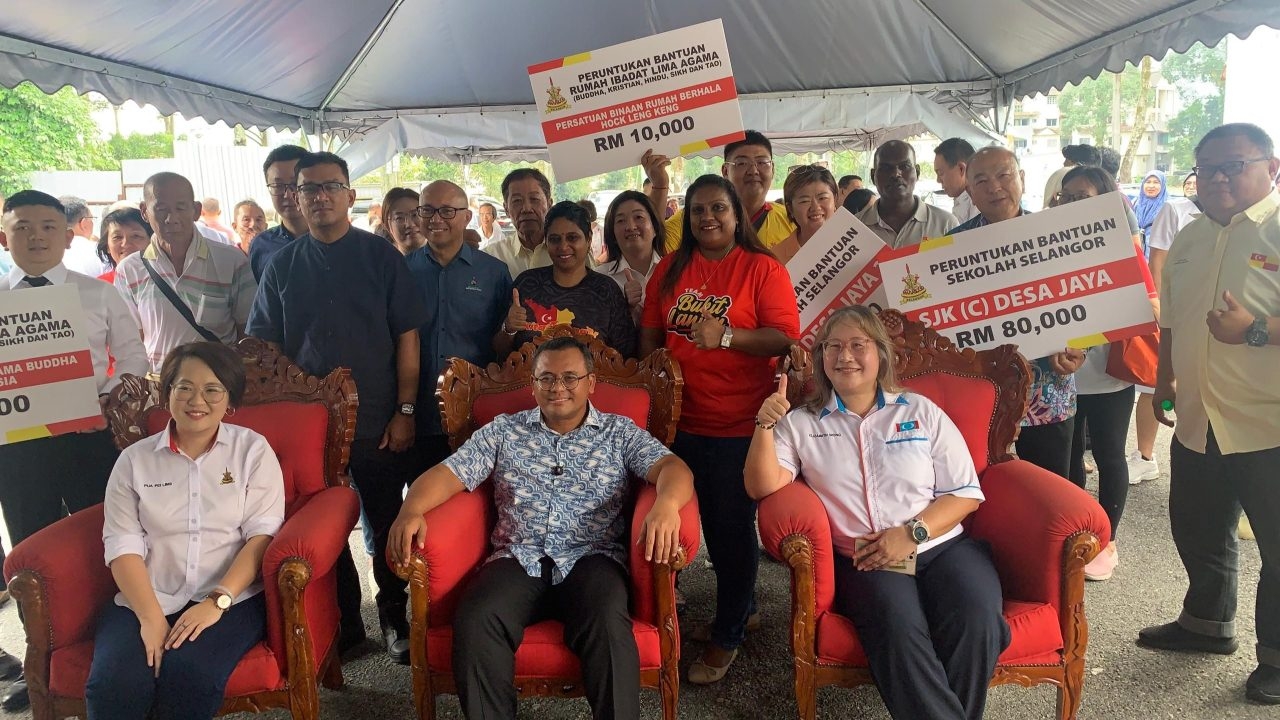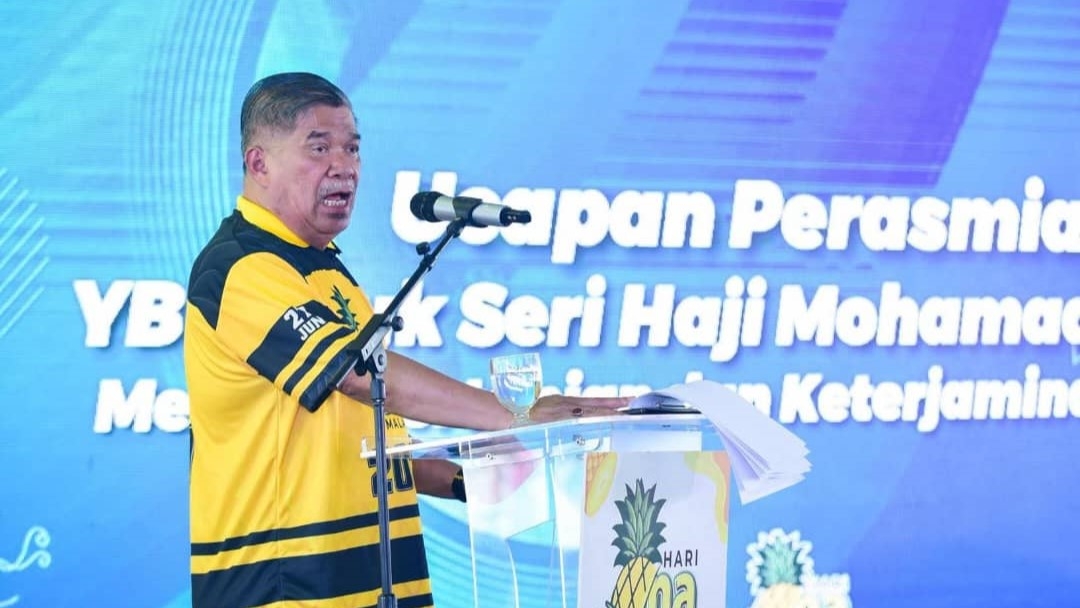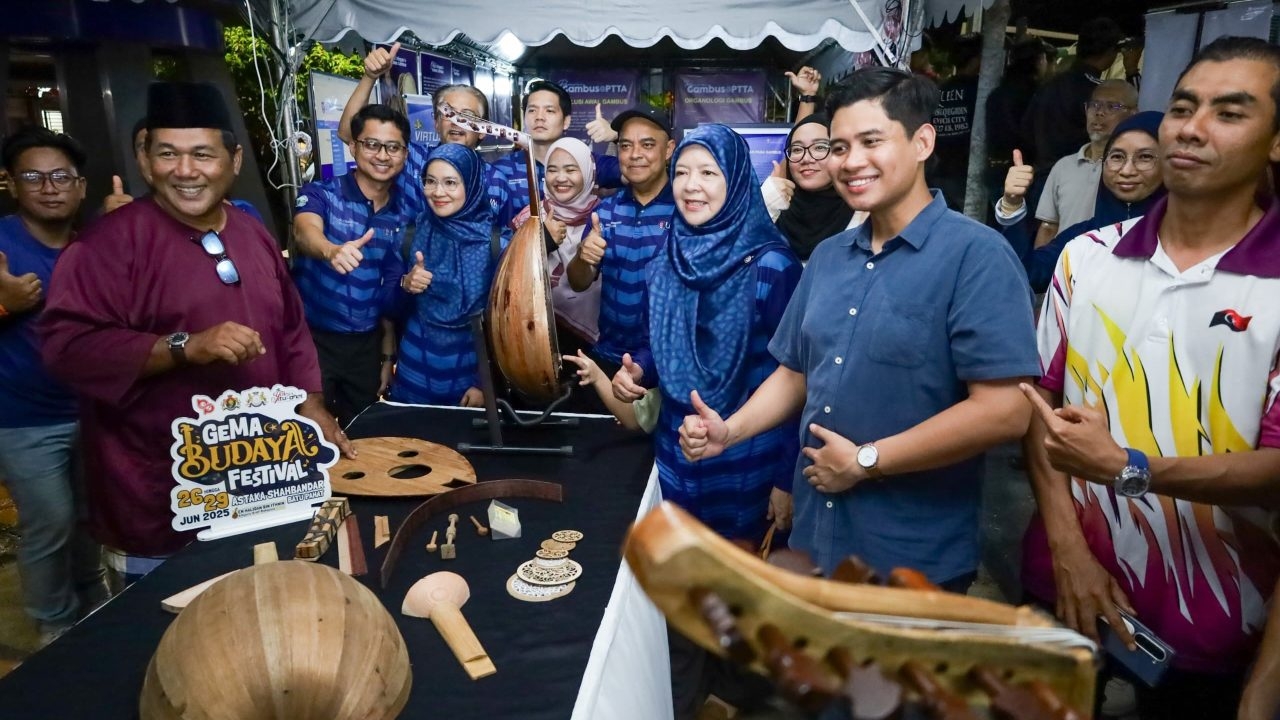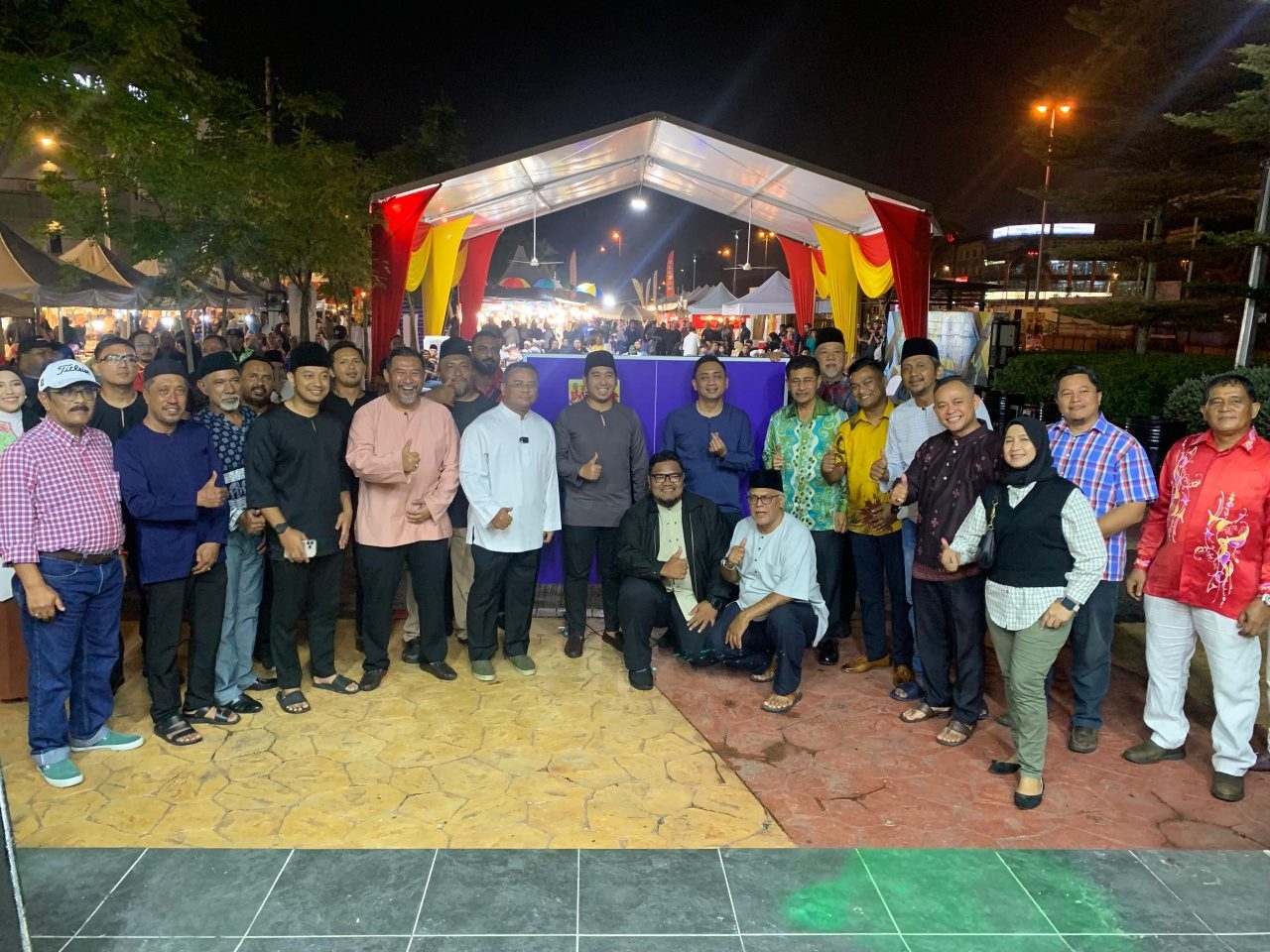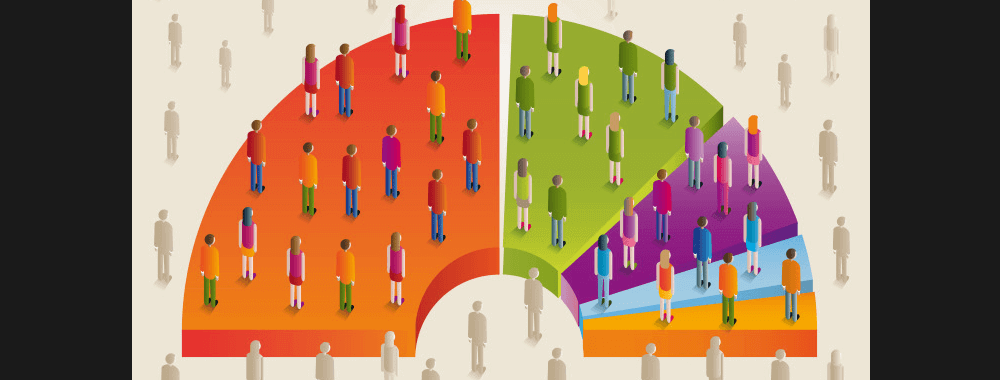
It’s fair to say that Barack Obama’s 2012 presidential bid marked a watershed moment for political campaigners. This was a campaign covered in Silicon Valley’s fingerprints, characterized as it was by its widespread use of technology to capture and record data to deliver targeted messages to voters. As one former Obama campaign manager said: “We stopped thinking in terms of ‘soccer moms’ and started thinking instead about ‘Mary Smith at 37 Pivot Street.’”
What was once done with pen and paper is now being done in real time and at a staggering pace, providing politicians and their election teams with a far richer picture of voters than previously possible.
Next month will see the UK head to the polls for its first general election since 2010, which has been described as one of the most unpredictable in living memory. Throughout Westminster, political parties are putting their faith in technology to gain an edge over their rivals, defend vulnerable seats and better connect with the electorate. Both Labour candidate Ed Miliband and Prime Minister David Cameron have hired former Obama advisers to head up their campaign teams, which look to replicate the success of Democrats in securing key votes.
These are techniques that have been the mainstay of the private sector for more than a decade, whether through Tesco’s original Clubcard system or Amazon’s “People who bought…” tracker. Retailers have ploughed billions into profiling technology that analyzes shopping habits to work out exactly who their shoppers are and how they behave. Why? Because it pays for them to know if you’re a “wholesome foodie,” “time-poor, food rich professional” or “Netflix loving hipster.”
Today’s political parties are aping commercial practices, such as these to splice and dice their electorate by their individual priorities, interests and issues. Politicians want to know who votes and what motivates them, what they value and how they feel about key issues, adapting their campaign strategies accordingly.
Information gleaned from private polling, membership logs and door-to-door canvassing is fed back to party headquarters, combined with location and electoral register information to draw up a map of supporters, opponents and floating voters.
At the heart of the matter is the appreciation that not all votes are equal – at least not in an election year. In the battle for contested territory, politicians need to know the ins and outs of local voting tendencies and the potential to swing marginal seats where it matters. By combining the online and offline personas of voters, a tech-enabled politician canvasses communities with a pre-determined angle of attack and approach to vote winning. Or, if a voter is statistically unlikely to alter their voting habits, they may decide it’s not worth calling on them in the first place.
Many will no doubt see this as the embodiment of 21st-century politics, the latest manifestation of a system obsessed with electioneering and the preservation of the status quo. But new technology offers as much to the electorate as it does to the campaigner, promoting new levels of engagement between politicians and the people they represent.
Platforms such as Twitter and Facebook are already demonstrating the potential to crowdsource public opinion and channel the collective voice of communities. Data analytics can take this to the next level.
A case in point is last year’s election in India, which saw more than 814 million eligible to vote in the biggest democratic exercise on the planet. According to the Internet and Mobile Association of India, around 160 seats were determined by social media. With so much at stake, it became even more important for political leaders to use analytics to better understand the needs of the electorate rather than pay lip service to their concerns.
Throughout the campaign, startups such as the Bangalore-based Frrole sifted through some 10 million tweets a day to provide insights about users – many of whom included the 100 million first-time voters – and inform The Twitter Debate, one of the most-watched shows on Indian television about the election.
Data technologies have also been put to effective – if at times controversial – use enhancing democracy at a grassroots level. Last month’s Israeli elections were notable for street campaign organisation “Victory 2015,” which used statistical analysis of cities across the country to mobilize cross-partisan support for the center and left parties.
Herein lies the greatest potential for technology’s use in politics, galvanising the apathetic and providing a voice for the unheard communities and populations. Responsible use of tech in politics can only enhance democracy and empower populations.
Politicians who are in tune with their voters are far more likely to act on those issues most important to us. And as we make an increasing amount of data available to our politicians, we should expect them to employ the tools they need to use it wisely and to our advantage.


